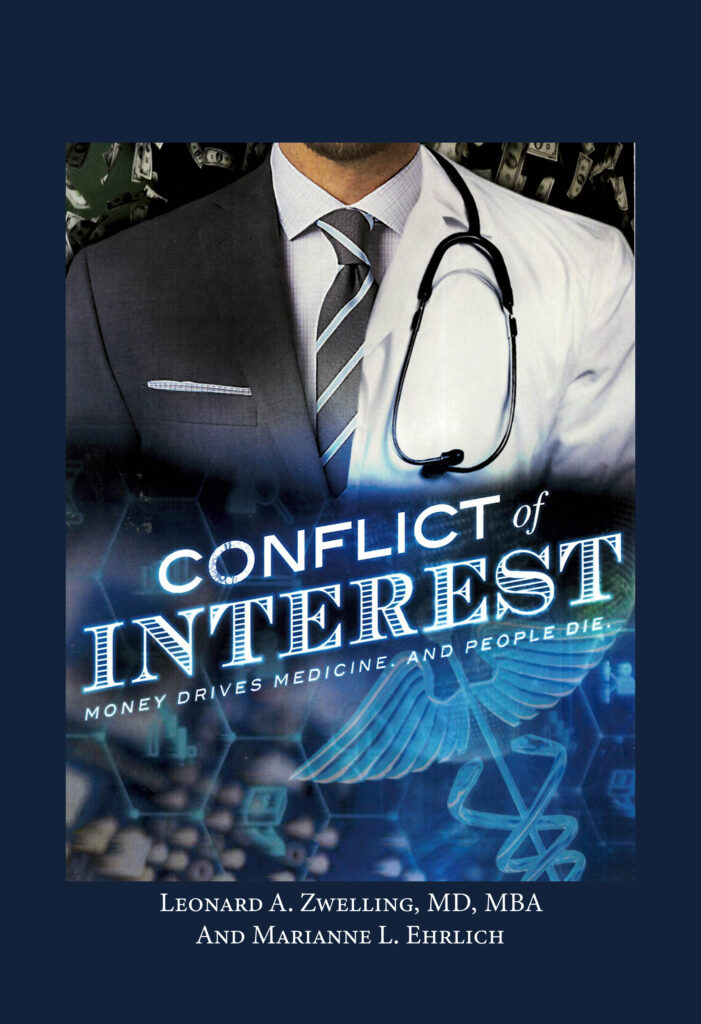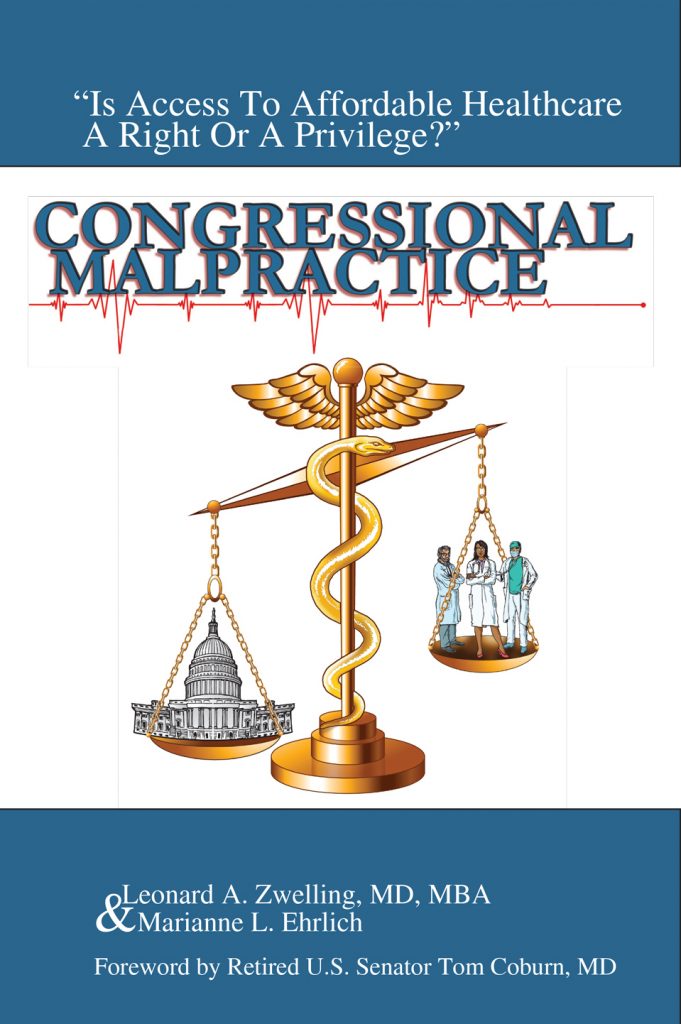What Does It Mean To Be
Number One
By
Leonard Zwelling
Good for MD Anderson. It is the number one place for cancer
care in the US again according to the US
News and World Report survey. Anderson has been number one or two for the entire
time Dr. DePinho has been the President which is quite a accomplishment for
him. It is also quite rewarding for the intake system counting new patients at
the Holcombe front door and the green eyeshade crowd counting money in the back
room. But then there is that pesky front-page story in the Chronicle today, August 2.
The piece by Jenny Deam notes a fair degree of unhappiness
with the hospital rating systems and some real questions about their accuracy.
That stands to reason when The Memorial Hermann Health System received 5 stars
from the federal rating system, but Memorial Hermann in the Texas Medical
Center, the flagship of that system, got only 2 stars. That doesn’t make a
whole lot of sense, does it? (MD Anderson was not included in the CMS rankings
of 28 facilities near the 77030 zip code, so I assume was not ranked as it is a
specialized hospital.)
These rating systems are turning health care into what the
race for the White House has become, a sporting event complete with winners and
goats. That’s not at all what health care is about and any physician will tell
you that these rankings are of little use to an individual patient selecting a
physician or a place to get care.
Medicine is still a combination of a one-on-one activity,
doctor and patient, in the setting of a highly complex delivery system such as
a hospital. Each patient is trying to assess how to identify a doctor and
hospital system likely to give him or her the best result. In some cases, as in
plastic surgery, this can be in a doctor’s office, not a hospital at all. In
others, like cardiac by-pass surgery, the hospital’s team of anesthesiologists,
intensivists and nurses are every bit as important as the surgeon him or
herself. It, as my accounting teacher always said, depends.
My own experiences have heuristic value.
In 2002 my entire experience getting my coronaries by-passed
at St. Luke’s seemed to go very well as I left the hospital under my own power
in a week. Unfortunately, I was back with atrial fibrillation 24 hours after
discharge. Did anyone make a mistake? I doubt it. Fibrillation is a common
sequella of this surgery and I was just unlucky. On the whole, my St. Luke’s
experience in 2002 was quite good from intake to cardiac rehab.
It was Methodist in 2009, 2010, and 2011 for various spinal
disc procedures. They all went smoothly. In fact, I didn’t even stay overnight
for the one in 2010. The rooms when I did stay were rather sparse in the area
of the hospital where the spinal neurosurgery cases were bedded, but I surely
had no complaint beyond a lot of pain after the third one—exactly as is to be
expected.
My experiences at Hermann were less satisfactory as I had
loads of complications and readmissions from abdominal hernia surgery and the nursing staff
there was more concerned with keeping the electronic medical billing record up
to date than it was with my level of pain.
When I had the definitive fix of my ventral hernia done at
St. Luke’s in 2015 the experience was much better with far less pain and more
attention to me than to my chart. I still had a pulmonary embolus. Was that
anyone’s fault? Perhaps I could have been on Lovenox, but I really shouldn’t
have needed to be. It was just fortunate that I was a physician and figured out
before my doctors did why my oxygen saturation that was being attributed to be
failure to take deep breaths was really so low and my breath so short post-operatively.
It too got fixed with a little heparin and a little time.
I have had lots of experiences in lots of hospitals. I
experienced Dr. Kleinerman’s excellent care at MD Anderson when she needed to
have a benign brain tumor removed. Still, MD Anderson had no ice packs on the
neurosurgery floor and had to fill Latex gloves with ice chips to reduce local
swelling.
No hospital is perfect. Many do things quite well, but not
without fault. I have certainly had my share of “adverse events” throughout my
recent in-patient history. Does that make St. Luke’s great or Hermann dreadful?
No. This was my experience and the ratings are derived from the collective
experiences of many as well as from ratings of a hospital’s reputation with the
wider medical community. The hospitals themselves also do a lot of
self-reporting. That’s like a take home quiz in algebra—not worth a damned.
The
ratings are fraught with error and surely do not represent a true measure of
quality. The definition of hospital quality is very fluid and surely in the eye
of the recipient of the care.
What is so interesting is that the true measure of quality
in cancer care is easily obtained—quality and quantity of life after diagnosis.
When the cancer centers start publishing these statistics, then we can judge
who really delivers superior care. Until then, this is all hype.




